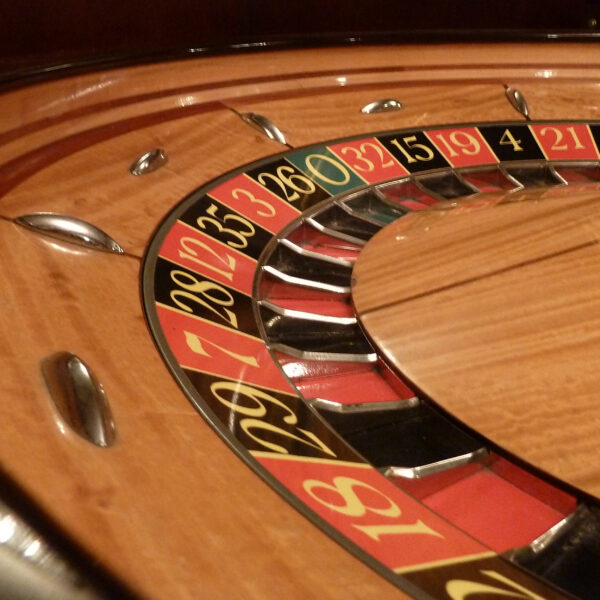With the rise of indie game development and new distribution channels, the video game industry is now more accessible than ever. Independent developers can publish games directly to consumers online without needing to find an intermediary publisher or wholesaler, lowering costs and reducing barriers to entry. But with so many independent studios launching their video game projects, how can yours stand out from the crowd? To make and launch a successful game, you should avoid common pitfalls. Here are five tips to help you get started:
Start Small
No one makes Undertale or Breath of the Wild overnight, especially not on their own. If you’re interested in launching your first project, understand that it’s better to underestimate your abilities rather than overestimate them. With the former, your product is the best it can be. Meanwhile, the latter will keep you from finishing anything.
The easiest way to make an ambitious game on a small scale is simple: mobile game development. Most of the work put into a mobile game is less in development than when put into marketing. That balance itself should make the task of making the game less daunting.
Have a Solid Game Idea Before Development Begins
The first step in making a successful video game is defining your vision. Of course, you want the most precise possible plan before going in. You should know what your game will look like, how it will play, and its core message. If you don’t have a clear blueprint, you’ll have more difficulty whenever you hit a roadblock.
Ideas for video games are a dime a dozen, but great ones are few and far between. You want to settle on an idea that you’re passionate about. Don’t just choose a concept because you think it’s marketable or what the industry is currently trending towards. Instead, pick an idea that you’re genuinely interested in creating. Game development can be complicated and time-consuming—passion will be the fuel that keeps you going through the long and arduous process.
Don’t Skimp on Art and Sound
Once you’ve found a concept you’re passionate about, your next step is to create a realistic budget and timeline for development. Be careful with how you spend, especially when hiring artists and musicians. If you can, hire a professional artist or team of artists to create your game’s artwork. Artists are the unsung heroes of the video game industry; they often don’t receive the recognition they deserve, and yet their work is essential to almost every video game. Good artwork can make an average game great, and lousy painting can ruin even the best concept.
Similarly, you should hire a professional composer to create your game’s soundtrack. Just like artwork, video game music can make or break a game. A good soundtrack can enhance the players’ experience and help them become more immersed in the gameplay. Conversely, a mediocre soundtrack can disrupt the flow of a game and pull players out of the experience.
Good art and music can also help market your game. Many games, like recent indie darling Hades, are propelled into the cultural zeitgeist from a recognizable art style or a soundtrack worth listening to separately from the competition.
Make Your Game Easy to Access
You’ll want to ensure your game is accessible on as many channels as possible. That means publishing your game on multiple platforms and making it available in many languages. The more ways players can access your game, the more likely it is to succeed. It’s no longer enough to be on PC and console. You have to be on mobile, you have to be on console, you have to be on PC, and you have to be on virtual reality.
Don’t Forget Marketing
The video game industry is fiercely competitive, and you’ll need to do everything you can to make your game stand out from the crowd. If you’ve followed all the tips above, you will have created a fantastic game that ticks all the boxes and is sure to be a hit with players. But it won’t matter if no one is ever aware that your game exists. So make sure that not only do you have a brilliant game, but you also have a brilliant marketing strategy. Find story beats or aesthetics in your game that you’re confident will draw people in, and find a gimmick that’ll attract people’s attention. Keep your marketing in mind before development rather than afterwards.
Image Credits: Sam Pak




Like this article? Share with your friends!